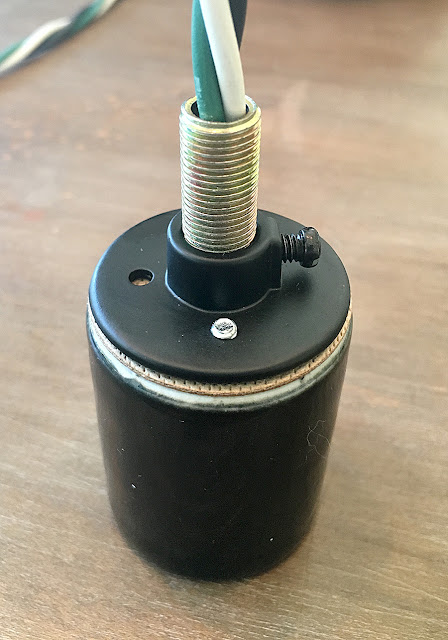WHY I'M GOING TO USE A GARDEN JOURNAL FOR THE FIRST TIME
The other issue I've had with it is that it is not in my nature to just jot things down. I like full sentences and a story and there is no time for that every day. That turns a journal into a task and I don't really need any more of those.
When I started this blog almost eight years ago, it was my de facto gardening journal. I figured if I was going to keep track of this stuff I might as well share it. Well that changed, and thankfully so as it is painful to look back at those first posts.
 |
| I picked up this pretty set of simple journals (affiliate link*) for my first crack at keeping a written garden journal. |
But two things happened recently that have made me change my mind about keeping a garden journal for the first time.
The first was seeing the journals of my friend Linda, who blogs at Each Little World. They are works of art and she is on volume 21. What a treasure trove of information they must contain.
The other revelation I had was in reading my vacation book: Cuttings: A Year in the Garden with Christopher Lloyd (that's an affiliate link*). Prepare yourself because you're going to be hearing a lot about this book as it has been as informative for me as any gardening book I've read and it has my brain full of ideas. At some point while reading this book and subsequently looking at photos from last year's garden, I realized that the main fault with my garden is not design related, but maintenance related. I'm lazy or perpetually late on cutting back, staking, deadheading, moving and dividing plants and I really believe that if I up my maintenance game, the garden will be far better for it.
But the problem with these kinds of tasks is that I figure out too late when to cut things back by half (or I forget all together). If I knew how long it takes the nepeta on the path to grow back again after cutting back I could better time when it should be cut back in the first place (my recollection is two to three weeks, but that's all it is). And if I knew that in a week's time I'd be busy deadheading flowers or that I should have staked dahlias a week before I did, I could plan for these activities instead of not scheduling enough time to do them.
And then you factor in the crazy weather we've had this year. Two weeks ago it was 65 degrees. A photo that popped up on Facebook from four years ago reminded me of the more than foot of snow we had on February 27, 2013. Certainly there was not an aconite popping up in the garden at that time that year. Phenology fascinates me and as the climate changes it becomes more important and far more worthwhile to know the conditions during which a garden task is performed than the date it was performed on. And unless you have an exceptional memory, I don't know how you'd figure these things out for your own garden other than with the aid of journals.
Of course such information is of more use when there are several years to compare, so the real usefulness of a garden journal probably won't come until a few years down the road. But if I don't start now, I'll never get there.
The challenge for me will be keeping it simple and therefore manageable. I'll aim for note style, not prose, and hope to include weather observations, garden observations, notes about what I did in in the garden and notes about what I should have done differently. I didn't buy a specific journal for gardening because I doubt one would offer what I really need. I just bought a cheap but pretty (pretty always helps) journal that I can leave laying around and quickly grab. I consider it a bit of an experiment, but it's well past time that I start doing this.
Do you keep a garden journal?
* When you follow an affiliate link, I may receive a small commission if you make a purchase, which helps support these blogging endeavors. I do appreciate the support, so thank you!























































